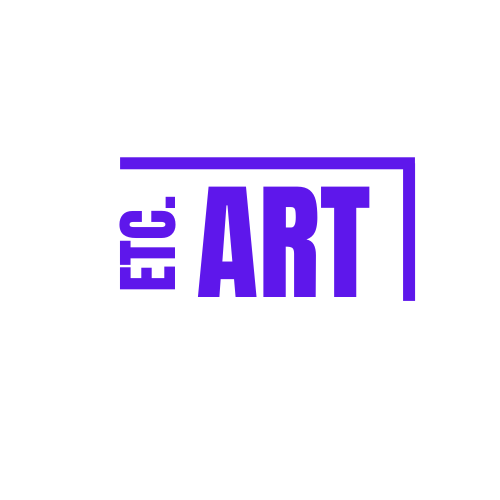A Weight Carried; A World Reclaimed: Ruth Agbolade’s Quiet Acts of Transformation
- Jordan Brinkworth

- Apr 14
- 3 min read
A Review by the Editor

There is a quiet dignity to Ruth Agbolade’s work — an unhurried, deliberate language of reclamation that asks not to be shouted over but listened to. Her practice, spanning painting, sculpture, and photography, is rooted in a deeply personal spirituality and Afrocentric identity. It’s not simply an aesthetic journey, but one of faith, memory, and becoming.
Agbolade doesn’t just make art; she reclaims space — materially, spiritually, and historically. Her sculptures, often composed of salvaged cardboard sourced from the corner shops of Great Horton Road in Bradford, challenge the notion of disposability. In her hands, waste becomes a vessel — not just for ideas, but for people and their lived stories.
Take The Weight of Becoming (2025), a towering work shaped from reclaimed packaging. Its form appears in flux, bearing the visual weight of transformation. The top bulges, swollen with anticipation, while the centre twists under pressure before rooting itself in a base that feels as much emotional as structural. There is a human presence here — not overt but sensed. A body in transition, a life midway between departure and arrival. It represents a moment suspended in the complexity of change.

In contrast, Orbit of the Forgotten (2025) is smaller but no less potent. Compact and elliptical, its form hovers — not quite of this earth. Wrapped in black and white, pierced by two voids, the piece reads like a relic of future ruins, or a mask worn by time itself. Its origins — cardboard once used to carry essentials across the counter — give it a cultural weight. It honours the quiet transactions of everyday life: glances, greetings, kindness exchanged in fluorescent-lit spaces. Agbolade elevates the marginal, not with fanfare, but with quiet reverence.

Her commitment to the symbolic power of form extends beyond the sculptural. In Echoes of Industry (2022), Agbolade renders a stark, abstract cityscape in monochrome. This large-scale canvas reads like the ghost of a place once driven by machinery and ambition. Smudged textures and skeletal verticals suggest not only architectural erosion, but emotional weathering. This is memory as environment — not pristine, but persistent. The painting hums with the residual energy of what was once possible, before the silence set in.

Photography, too, forms a key part of her expression. The Stillness Before the Step (2024), from her Baggage of the Heart series, captures the suspended moment before movement — a woman stands poised, suitcase in hand, the woodland path ahead uncertain. There is no dramatic gesture here, just the fragile weight of decision. The photograph speaks in whispers: of departure, of courage, of everything that must be carried forward.
What binds all these works together is not just a visual language, but a philosophy — one deeply entwined with Agbolade’s faith and her understanding of transformation. Her Afrocentric Cubist style, informed by Adinkra symbolism and traditional African motifs, doesn’t simply pay homage to heritage. It renews it. Her use of colour is purposeful, her forms fragmented yet whole, layered like the histories they represent.
In a culture so often obsessed with progress and polish, Agbolade offers something quieter, more necessary: the possibility of redemption through material and metaphor. Hers is a practice of care and patience, one that honours the in-between spaces — between faith and form, between past and present, between what we discard and what we decide to keep.
Her work doesn’t demand resolution. Instead, it invites contemplation. In the stillness, in the folds of cardboard and layers of paint, something sacred is taking shape.
More about Ruth:
Contact information:




Comments